You may have seen low-stress and Fear Free handling discussed across social media profiles of veterinary professionals, hospitals, and organizations. As pets become a closer part of the family, and more research is carried out on mental health and behavior—in people and pets—the veterinary industry is working diligently to eliminate fear, anxiety, and stress in our furry patients, at home and in the hospital.
At Burlington Veterinary Center, we are huge advocates for not only the physical health of our patients, but also their mental and emotional well-being. We have fully embraced the Fear Free concept and every team member is certified. You may be wondering what exactly this means for your pet, and why we think it’s such a big deal? So, here are the answers to the most common questions we hear about Fear Free veterinary care for your beloved companion.
#1: What is the Fear Free veterinary initiative?
Fear Free is a whole-lifestyle approach to pet care that belongs in the home, the car, and places where pets receive professional services. While veterinary professionals and hospitals are taking steps to reduce fear, anxiety, and stress in their patients in a clinical setting, pet owners can also reduce their pets’ anxiety at home.
#2: Why did Burlington Veterinary Center’s team choose to be Fear Free certified?
By achieving our Fear Free certification, we have pledged to hold each pet’s emotional, as well as physical, well-being in mind at all times as we provide care, knowing that treating one without the other is not possible. We understand how much a pet’s mental and emotional health can affect her physical health, and treating the entire pet is essential for a lifetime of happiness and wellness. Most pets suffer from some degree of fear, anxiety, and stress, whether through intercat aggression at home, strange dogs encountered during walks, or the scale at our veterinary hospital. By recognizing a pet’s fear and its triggers, we can take steps to reduce or eliminate fear at our hospital, or guide you on reducing your furry friend’s stress at home.
#3: How does Fear Free help my pet during veterinary visits?
Veterinary hospitals are a big source of fear for most pets, as they smell odd, are filled with strange people and pets, and unpleasant tasks, such as nail trims and injections, are performed. With Fear Free care, we use our skills to minimize your pet’s anxiety, and to create a positive experience to build on at each visit. As your pet remains calm and relaxed with our handling techniques, we are able to get more precise vital signs and information to help us form a speedy, accurate diagnosis. A fearful pet will often have increased vital signs, such as heart rate, respiratory rate, and temperature, and elevated blood pressure and glucose level. Without accurate numbers, a correct diagnosis is more challenging.
#4: What changes has Burlington Veterinary Center’s team made to help reduce my pet’s fear, anxiety, and stress?
Every one of our team members has become Fear Free certified. Armed with the knowledge we’ve gained, we do our best to ensure your pet has the most positive veterinary visit possible through a variety of ways, including:
- Handling methods — Pets—particularly cats—respond best to minimal restraint and gentle handling techniques. Following the “less-is-more” approach, we use towel wraps to swaddle and restrain cats and small dogs, to provide a feeling of comfort and security, while keeping the pet and our team safe.
- Exam location — Rather than insisting that every pet be examined on the table, we allow the pet to choose her exam location—on the floor, in the carrier, on the owner’s lap, or in the car.
- Owner comfort — Many pet owners worry about what happens “in the back,” but we prefer to let people comfort and reassure their pets during vaccinations and blood draws. While we can’t do everything in the room, such as taking X-rays, we can give injections, trim nails, and take a blood pressure reading while you hold your pet’s paw.
- Distraction with treats — Bring your pet hungry to her next appointment. Many pets can be easily distracted with our variety of tasty treats, which will help her stay focused while we perform less-than-pleasant tasks.
- Body language cues — While many pet owners believe their yawning dog is simply sleepy, we understand that is a stress signal. Pets communicate with subtle body language cues, and we keep a sharp eye out for the first hint of anxiety, so we can step back and let your pet relax.
- Pre-visit pharmaceuticals — Many pets benefit from a dose or two of anti-anxiety medications before their appointment. Without sedating your pet, we can still provide a measure of calm through medications you give at home.
#5: Will Fear Free veterinary care still make a difference for my pet, if she doesn’t appear anxious during appointments?
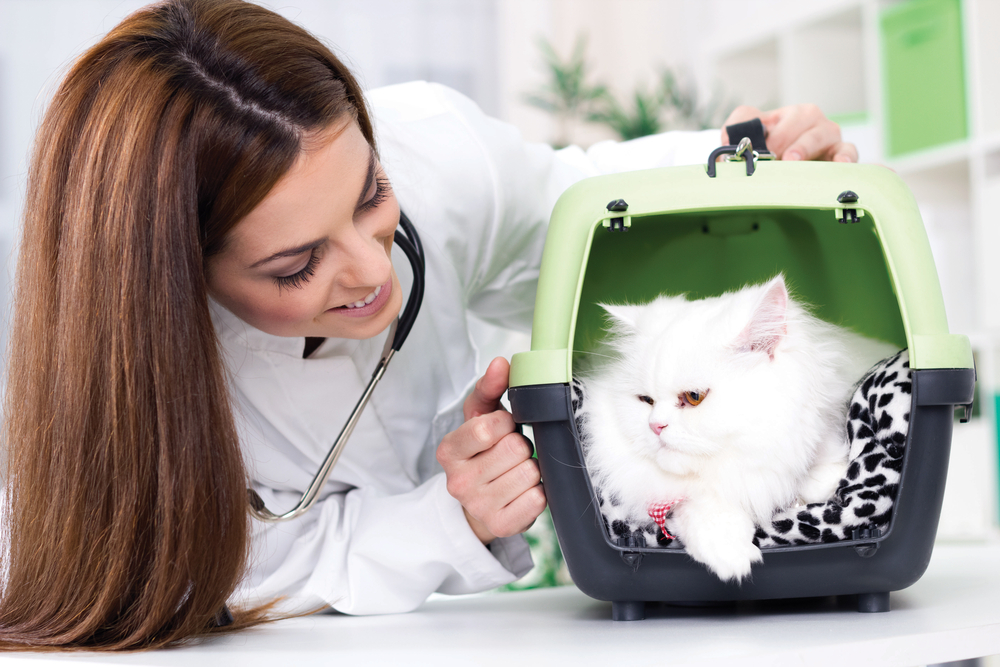
Each and every pet benefits from Fear Free care, regardless of anxiety level. By embracing Fear Free techniques, we can guarantee that your pet will leave with a more positive view of veterinary visits, and in better emotional and mental health. Your furry pal may not seem to mind vaccinations, but a little dab of peanut butter will go a long way toward making her visit better still, and who doesn’t want that?
At your pet’s next wellness exam, see the difference Fear Free veterinary care makes for your furry friend. If your pet has always shown anxiety, contact us to discuss pre-visit options that will soothe her fears.


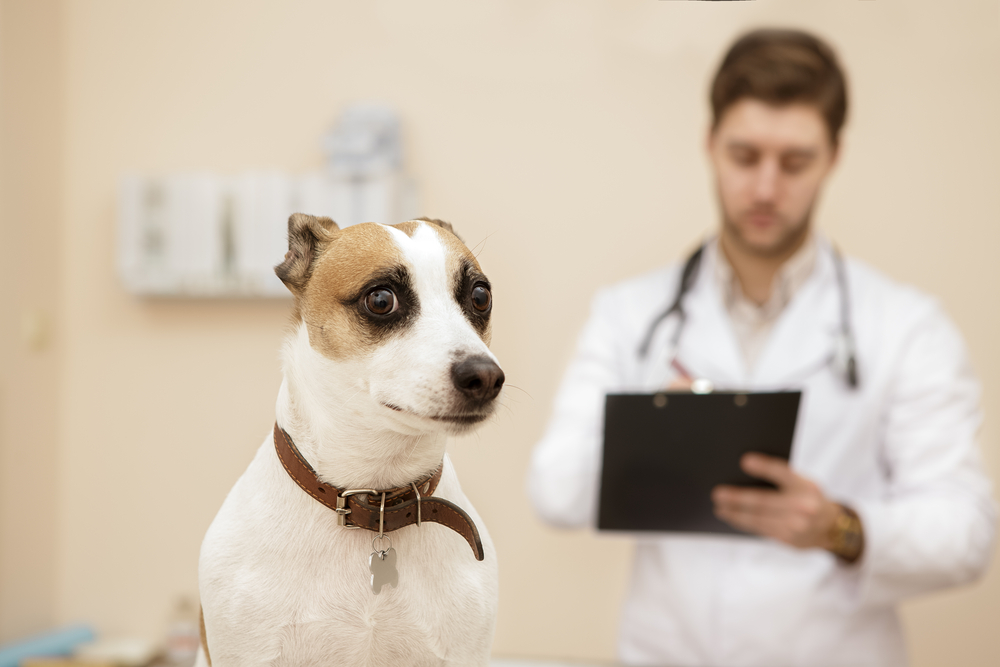
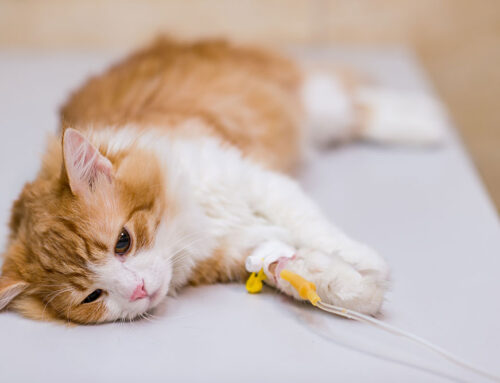
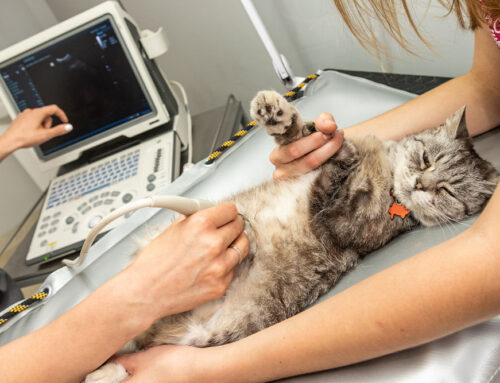
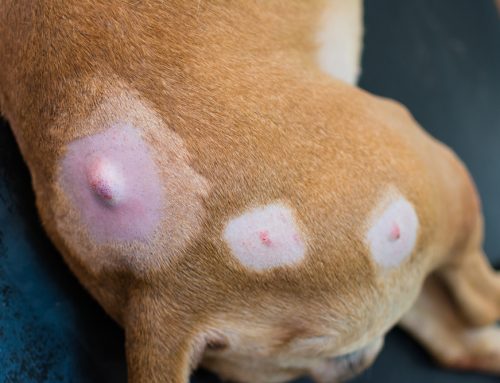
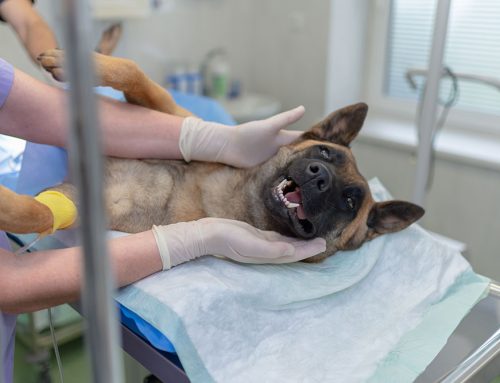
Leave A Comment